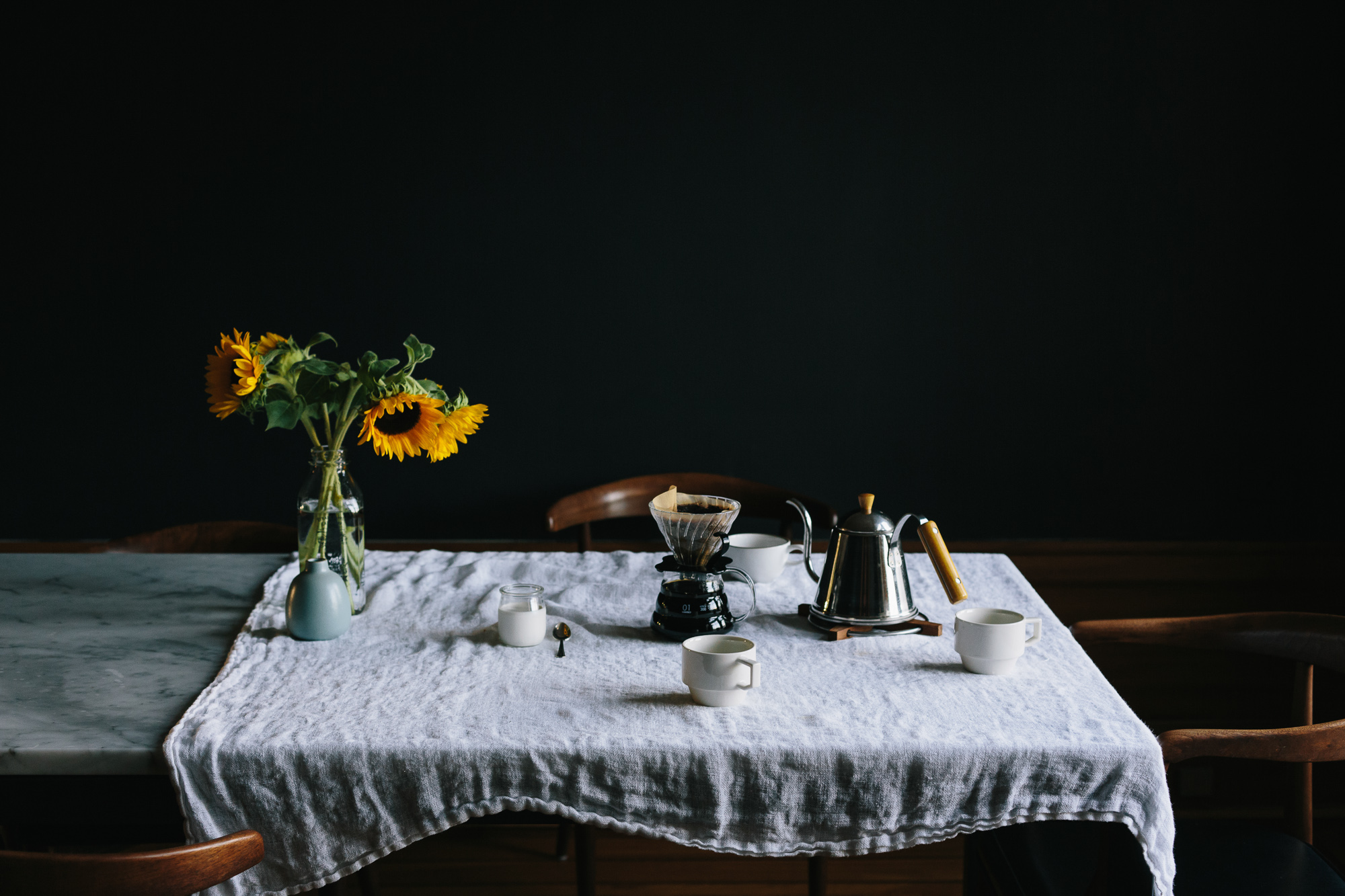Blackberry-Picking
for Philip Hobsbaum
Late August, given heavy rain and sun
For a full week, the blackberries would ripen.
At first, just one, a glossy purple clot
Among others, red, green, hard as a knot.
You ate that first one and its flesh was sweet
Like thickened wine: summer's blood was in it
Leaving stains upon the tongue and lust for
Picking. Then red ones inked up and that hunger
Sent us out with milk cans, pea tins, jam-pots
Where briars scratched and wet grass bleached our boots.
Round hayfields, cornfields and potato-drills
We trekked and picked until the cans were full,
Until the tinkling bottom had been covered
With green ones, and on top big dark blobs burned
Like a plate of eyes. Our hands were peppered
With thorn pricks, our palms sticky as Bluebeard's.
We hoarded the fresh berries in the byre.
But when the bath was filled we found a fur,
A rat-grey fungus, glutting on our cache.
The juice was stinking too. Once off the bush
The fruit fermented, the sweet flesh would turn sour.
I always felt like crying. It wasn't fair
That all the lovely canfuls smelt of rot.
Each year I hoped they'd keep, knew they would not.
(painting: Harold Harvey, The Blackberry Harvest )






![The Art Institute of ChicagoImage: [Now on view in Gallery 226A] Hilaire Germain Edgar Degas. Danseuse rose (Pink Dancer, 1878. Anonymous loan.](https://images.squarespace-cdn.com/content/v1/5bf96d22b1059854592dffbd/1556816051254-7DV6YXYQRQQX3BJMOV51/IMG_1503.jpeg)

















